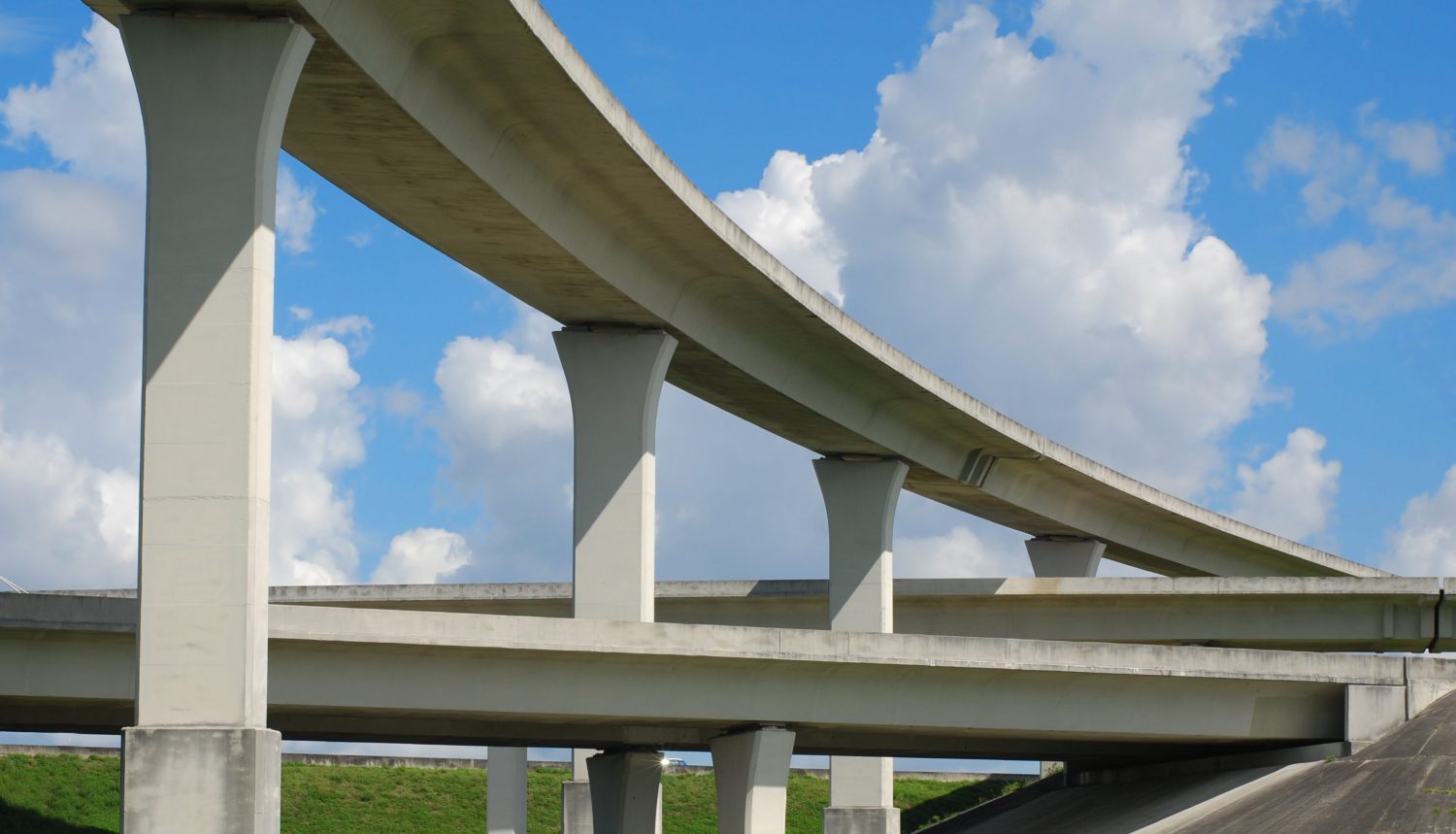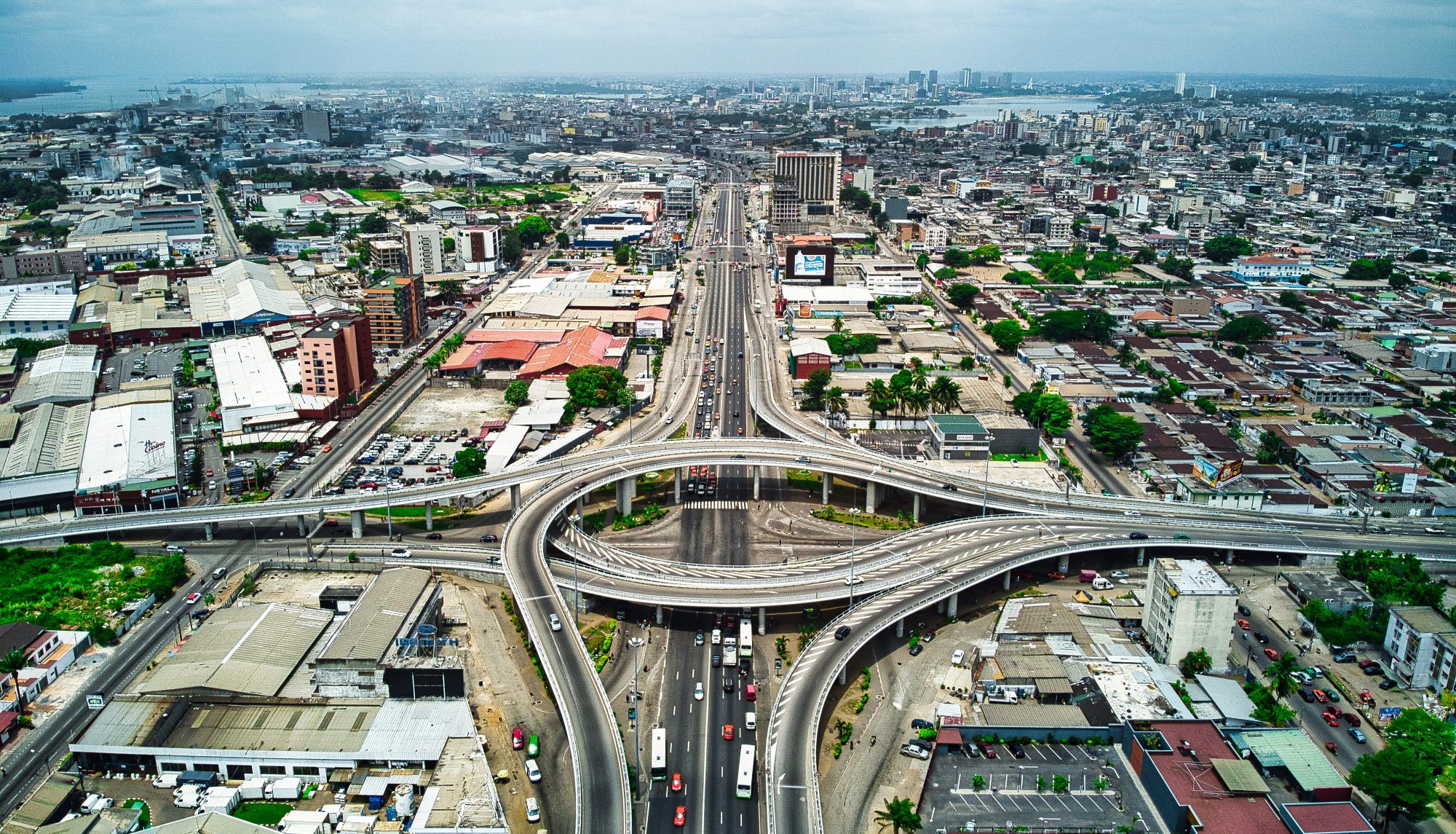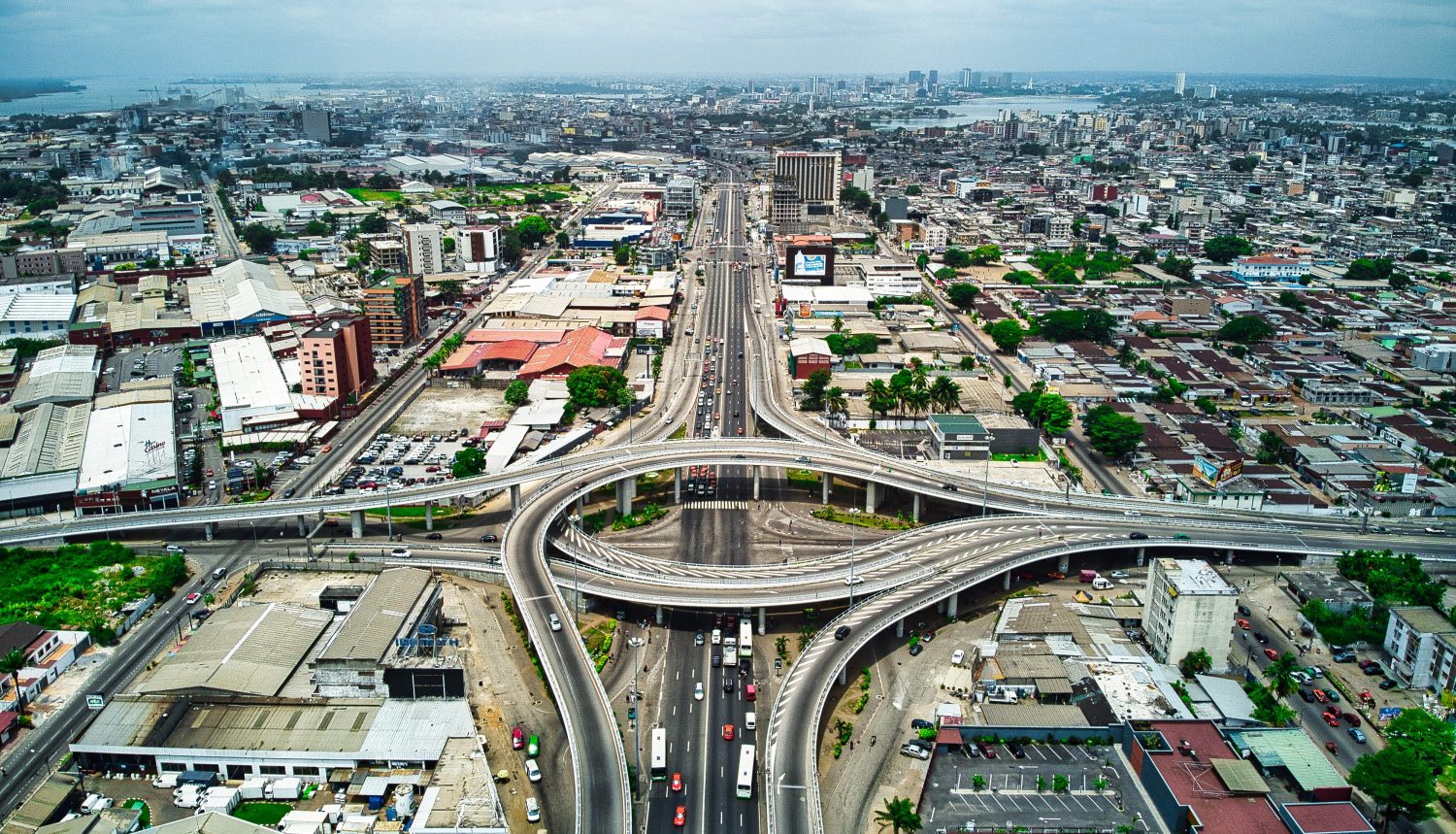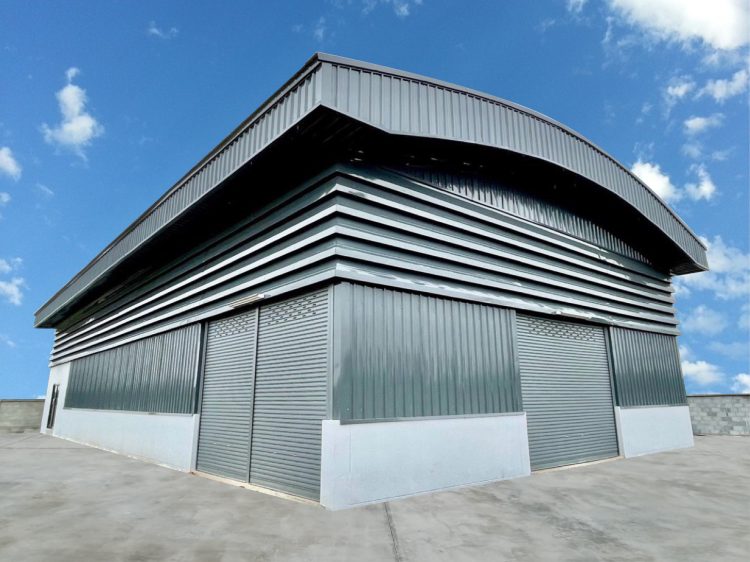The growth of modern urban communities relies on a well-developed road network, serving as a vital connection system between various land use areas and essential infrastructure within the city’s transportation network. The effectiveness of this network significantly contributes to the overall traffic structure and supports the efficient operation of mass transit systems. The status of a street is determined by the city’s planning and design, often designated as a main street due to its importance in facilitating smooth traffic flow and enhancing connectivity within the urban landscape.
The main street of a neighborhood typically emerges as one of the initial roads constructed within a city, often situated in the bustling heart of traditional commercial districts. For those who commute or travel frequently, having familiarity with these main roads is essential for navigating various regions. In Thailand, the official language designates four major highways as the primary routes for transportation across the country. These highways are referred to as follows:

Phaholyothin Road, also known as Highway No. 1 in Thailand, holds its name in honor of Colonel Phraya Phaholpolphayuhasena (Poj Phaholyothin). Colonel Phraya Phaholpolphayuhasena played a pivotal role as the leader of the People’s Party during the Siamese Revolution of 1932 and later served as the second Prime Minister of Thailand. This prominent road begins at km. 0 near the iconic Victory Monument and extends northward, serving as a key transportation route.
Mittraphap Road, also known as National Highway No. 2, is the primary thoroughfare that connects to the northeastern region of Thailand. Interestingly, Mittraphap Road is the only major road that does not originate from Bangkok. It starts in Mueang Saraburi District and extends all the way to the northeastern part of the country. Notably, this road holds historical significance as it received funding for construction from the United States during the time of Field Marshal Plaek Pibulsongkram. In recognition of the friendly relations between the two countries, it was named “Friendship Road.”
Sukhumvit Road, also known as National Highway No. 3, serves as the primary route for traveling to the eastern region of Thailand. It begins at km. 0 near the Democracy Monument and passes through key areas such as Ratchadamnoen Klang, Mahachai Road, and Rama 1 Road (in front of Paragon Department Store). From there, it continues through Ploenchit Intersection, extending towards Samut Prakan, Chachoengsao, Chonburi, Rayong, and Chanthaburi, before finally concluding at Khlong Yai District in Trat Province. This extensive road spans a total length of 488 kilometers, facilitating travel and connectivity to the eastern part of the country.
Petchkasem Road, also known as National Highway No. 4, serves as the primary route for traveling to the southern region of Thailand. Remarkably, it holds the distinction of being the longest road in the country, spanning an impressive total distance of 1310.554 kilometers. Petchkasem Road provides a vital transportation link, connecting various destinations in the southern part of Thailand and facilitating travel and commerce along its extensive route.
The western area of Bangkok, along with the surrounding provinces along Kanchanapisek Road, boasts a well-developed road network that facilitates travel from the city to the west. Numerous projects in the area benefit from this connectivity. For instance, the road project connecting Ratchaphruek Road to Kanchanapisek Road (in a north-south direction) enhances connectivity to the traffic network in the northern suburbs of Bangkok. This not only improves transportation within the area but also enhances the potential of the Bangkok-perimeter transportation network, making it more comprehensive and efficient.
Ratchaphruek Road, also known as Rural Highway No. 3021, plays a crucial role in supporting major transportation routes in areas with heavy traffic and contributes to future economic and social expansion. Of particular interest is the opening up of the Pathum Thani province, making it a more attractive destination. Ratchaphruek Road stretches from Bangkok to Pathum Thani Province, serving as a significant transportation route. One notable advantage is that it allows seamless travel from Sathorn Road to Amphoe Mueang Pathum Thani without encountering any traffic light intersections. This enhances efficiency and convenience for commuters and travelers along this important road.
Our project offers excellent connectivity to multiple routes, including Bang Bua Thong – Suphan Buri Road (340), Kanchanapisek Road, and Ratchaphruek Road. Moreover, it provides convenient access to the Western Outer Ring Road, just a short 5-minute drive away.
Additionally, our project features multiple entrances and exits, offering enhanced convenience for accessing and exiting the premises. It serves as a pivotal connection point for travel across three provinces: Pathum Thani, Nonthaburi, and Bangkok. We firmly believe that our location will meet the requirements of business owners seeking cost-effective options and convenient travel opportunities to establish new ventures.






